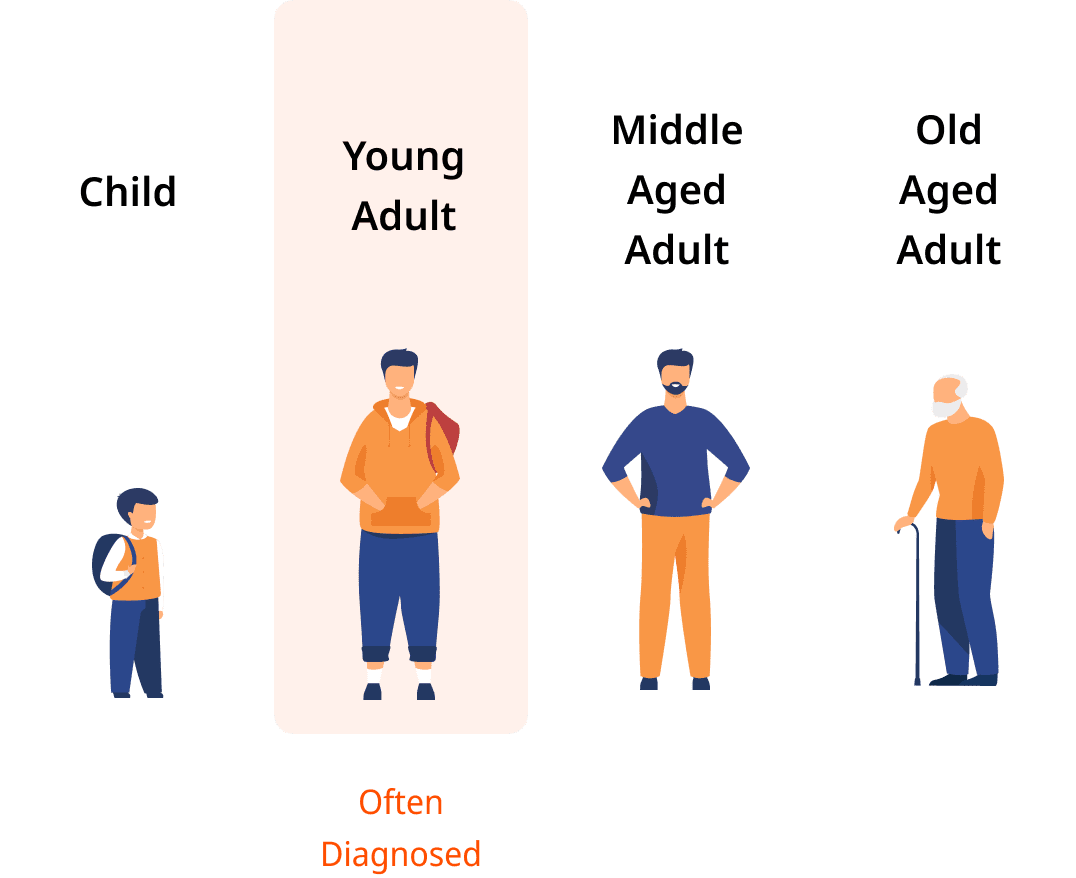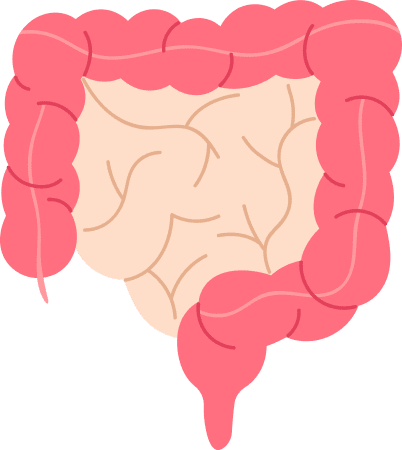Inflammatory Bowel Disease (IBD) is a chronic condition characterised by inflammation of the gastrointestinal tract. There are two main types: Crohn's Disease (CD) and Ulcerative Colitis (UC)1,2.


Crohn's disease (CD) is characterised by inflammation and damage to the lining of the digestive tract, which can occur anywhere from the mouth to the anus. CD is not limited to specific lesion sites and can involve any part of the digestive tract, including the small intestine, large intestine, and even the perianal area. The exact cause of CD is unknown, but it is believed to involve a combination of genetic, environmental, and immune factors. The harms associated with CD include complications such as strictures, fistulas, abscesses, and malnutrition1,2,3.


Ulcerative colitis (UC) is an idiopathic inflammatory disorder primarily affecting the colon and rectum. It is characterised by chronic inflammation and ulceration of the mucosal lining of the colon. The exact cause of UC is unknown, but it is believed to involve a combination of genetic, environmental, and immune factors1,2,4. UC is also associated with an increased risk of colorectal cancer5.



.png)




The severity of IBD varies from mild to severe, and is classified according to symptom severitys.
Typically, endoscopic procedures, in addition to tissue biopsy, would be conducted
Possible diagnostic tests for UC and CD:11,12,13
1 Hemstreet BA. Chapter 52: Inflammatory bowel disease. DiPiro’s Pharmacotherapy: A Pathophysiologic Approach, 12th Edition. McGraw Hill; 2023.
2 Schwinghammer TL. Chapter 26: Inflammatory Bowel Diseases. DiPiro’s Pharmacotherapy: A Pathophysiologic Approach, 12th Edition. McGraw-Hill; 2023.
3 Lichtenstein GR, Loftus EV Jr, Isaacs KL, Regueiro MD, Gerson LB, Sands BE. ACG clinical guideline: Management of Crohn’s disease in adults. Am J Gastroenterol. 2018;113(4):481-517.
4 Rubin DT, Ananthakrishnan AN, Siegel CA, Sauer BG, Long MD. ACG clinical guideline: Ulcerative colitis in adults. Am J Gastroenterol. 2019;114(3):384-413.
5 Olén O, Erichsen R, Sachs MC, et al. Colorectal cancer in ulcerative colitis: a Scandinavian population-based cohort study. Lancet. 2020;395(10218):123-131. doi:10.1016/S0140-6736(19)32545-0
6 Zhou JL, Bao JC, Liao XY, Chen YJ, Wang LW, Fan YY, Xu QY, Hao LX, Li KJ, Liang MX, Hu TH. Trends and projections of inflammatory bowel disease at the global, regional and national levels, 1990–2050: a Bayesian age-period-cohort modeling study. BMC Public Health. 2023 Dec 14;23(1):2507.
7 Wang R, Li Z, Liu S, Zhang D. Global, regional and national burden of inflammatory bowel disease in 204 countries and territories from 1990 to 2019: a systematic analysis based on the Global Burden of Disease Study 2019. BMJ open. 2023 Mar 1;13(3):e065186.
8 Da Silva BC, Lyra AC, Rocha R, Santana GO. Epidemiology, demographic characteristics and prognostic predictors of ulcerative colitis. World Journal of Gastroenterology: WJG. 2014 Jul 7;20(28):9458.
9 Molodecky NA, Soon IS, Rabi DM, et al. Increasing incidence and prevalence of the inflammatory bowel diseases with time, based on systematic review. Gastroenterology. 2012;142(1):46–54.
10 Ng WK, Wong SH, Ng SC. Changing epidemiological trends of inflammatory bowel disease in Asia. Intest Res. 2016 Apr 27;14(2):111-9.
11 Ananthakrishnan AN. Epidemiology and risk factors for IBD. Nat Rev Gastroenterol Hepatol. 2015;12(4):205-217. doi:10.1038/nrgastro.2015.34
12 Lee JM, Lee KM. Endoscopic Diagnosis and Differentiation of Inflammatory Bowel Disease. Clin Endosc. 2016;49(4):370-375. doi:10.5946/ce.2016.090
13 Vermeire S, Van Assche G, Rutgeerts P. Laboratory markers in IBD: useful, magic, or unnecessary toys? Gut. 2006;55(3):426-431. doi:10.1136/gut.2005.069476
14 Costa F, Mumolo MG, Ceccarelli L, et al. Calprotectin is a stronger predictive marker of relapse in ulcerative colitis than in Crohn's disease. Gut. 2005;54(3):364-368. doi:10.1136/gut.2004.043406
15 Geboes K. What histologic features best differentiate Crohn's disease from ulcerative colitis? Inflamm Bowel Dis. 2008;14 Suppl 2:S168-S169. doi:10.1002/ibd.20598
16 Lontok E. Inflammatory Bowel Disease: A Giving Smarter Guide. Milken Institute; 2016. Available from: https://milkeninstitute.org/sites/default/files/reports-pdf/IBD-GSG-Final-6-14_2.pdf
17 Tsai L, Ma C, Dulai PS, et al. Contemporary Risk of Surgery in Patients With Ulcerative Colitis and Crohn's Disease: A Meta-Analysis of Population-Based Cohorts. Clin Gastroenterol Hepatol. 2021;19(10):2031-2045.e11. doi:10.1016/j.cgh.2020.10.039
